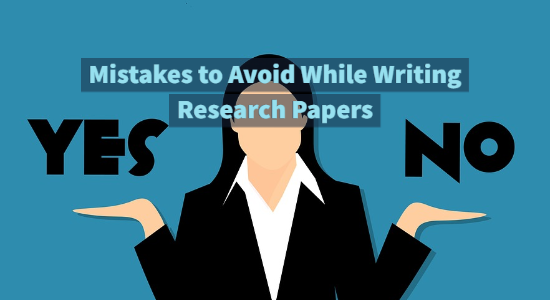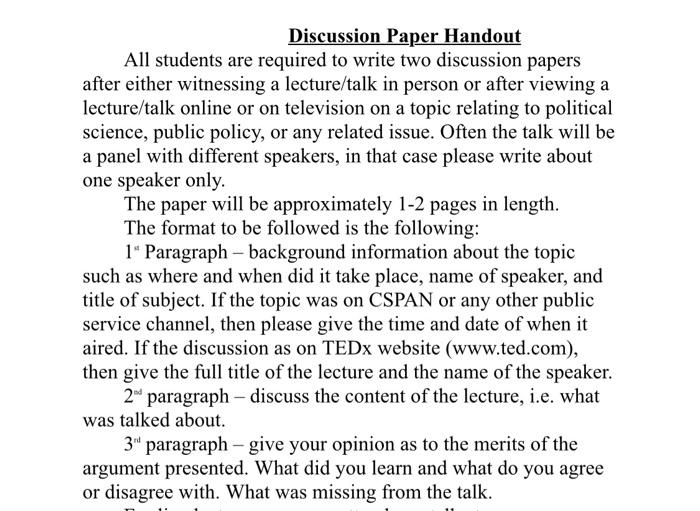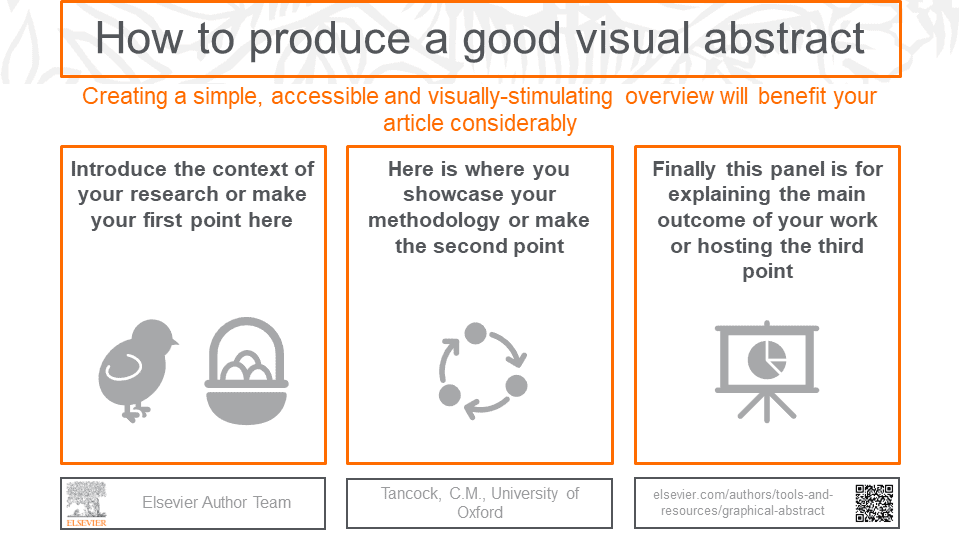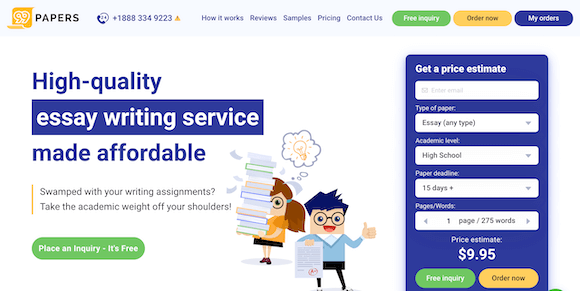In the introduction, it is vital to move from a broad theoretical framework to a narrow question. Avoid being too broad or presenting too many ideas. Your goal is to make your introduction concise and get to the point quickly. Similarly, avoid excessive self-citations and avoid using technical jargon. Listed below are some of the best practices to follow when writing an introduction. Read on to learn more about how to write a first class paper.
Avoid excessive self-citations
There are many benefits to avoiding excessive self-citations when writing a research paper, but this practice is also detrimental to your reputation. If you have published work cited by yourself, you risk a low impact citation count, and your manuscript may even be rejected for lack of peer-review. Furthermore, excessive self-citations can lead to a bad reputation and even a blind literature review.
A study conducted by the University of Texas in Austin, TX, revealed that men cite themselves more than women. On average, men cite their own works 56% more than women. But this percentage has increased by 70 percent in the last two decades. While this may not seem like a huge difference, it’s important to consider how self-citations can affect the quality of a research paper.
Avoid sloppy writing
When you write a paper, you must avoid making basic mistakes such as spelling or grammar mistakes. Such mistakes undermine the message you want to convey. The fact is that most writers have some form of sloppy writing habits. Here are some ways you can avoid them. All writers make mistakes in their writing. It is important to be aware of these habits so that your writing can be as professional as possible.
Structure paragraphs
When you write your essay, you will need to structure your paragraphs to make sure your reader understands the main ideas in the essay. In most cases, the structure of a paragraph is made up of three main parts: an introduction, a body, and a conclusion. Each part of the paragraph has a specific role to play, which helps you to communicate your ideas clearly to your reader. Here are some examples of effective paragraph structures.
o Each paragraph should build on the last one. Make sure each one connects to the other and flows from one idea to the next. Make sure that the transition between each paragraph is clear and logical. If you want to be noticed by your tutor, each paragraph should contain an introduction, middle, and conclusion. It should also contain at least one supporting idea that will tie in with the central idea. A good example of a paragraph structure is a five-paragraph essay.
Avoid technical jargon
While a good use of technical jargon is essential for academic papers, it can also confuse a lay reader. When using jargon, remember that non-experts are often trying to appeal to specialists, so it is best to use specific terms only when addressing an audience of that particular type. Use definitions of unfamiliar terms and abbreviations in parentheses, where possible. The definitions serve as a useful reference point for readers unfamiliar with a particular term or phrase.
Use comprehensible language whenever possible. Technical language is useful for academic writing, but it can make reading long and difficult. The use of sensory language instead of specialized terms can help to ease the burden on the reader. Use a de-Jargonizer to check for problems in your paper, as it can indicate problem areas. By following these guidelines, you’ll be on your way to writing a first-class paper!




